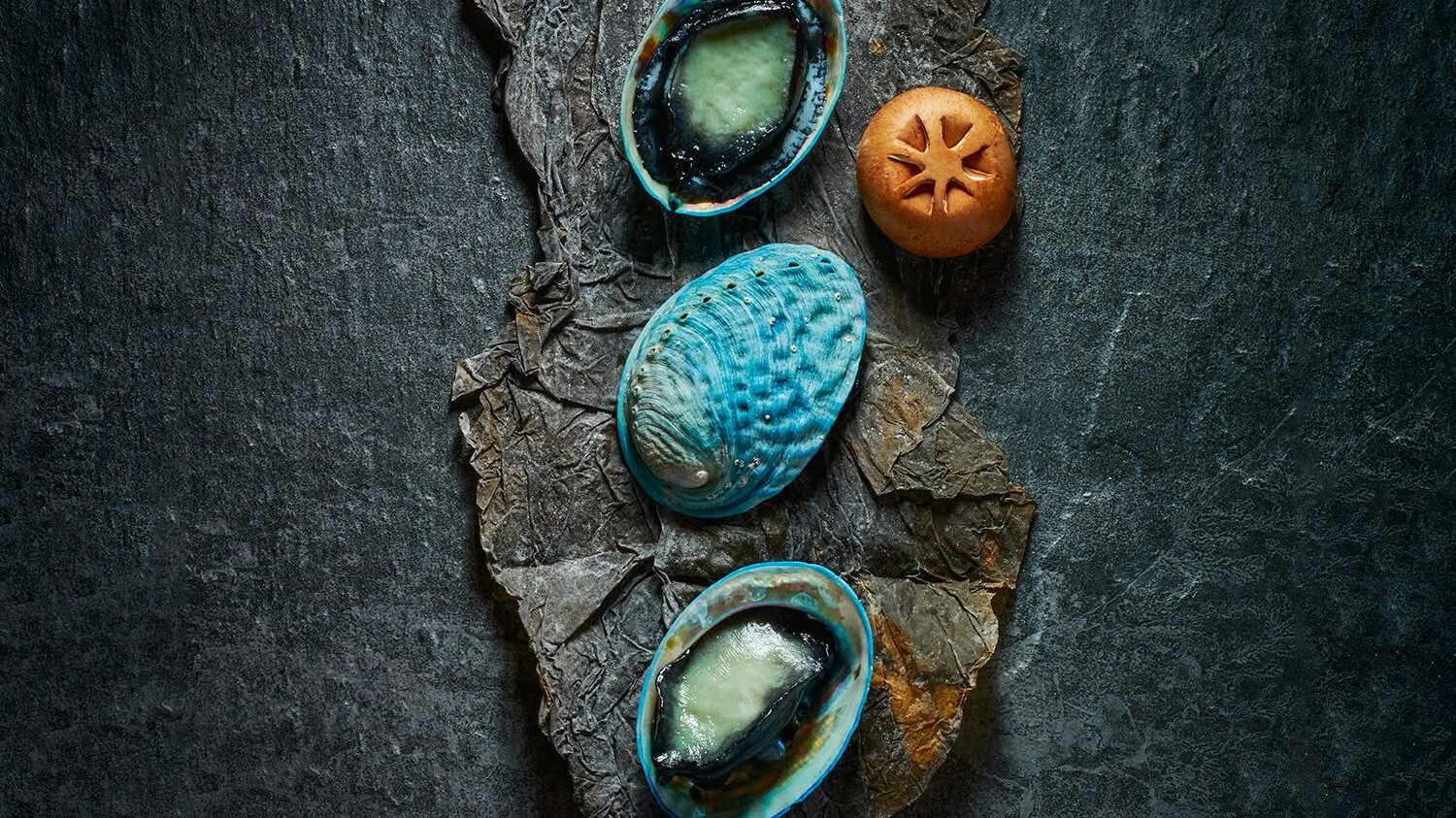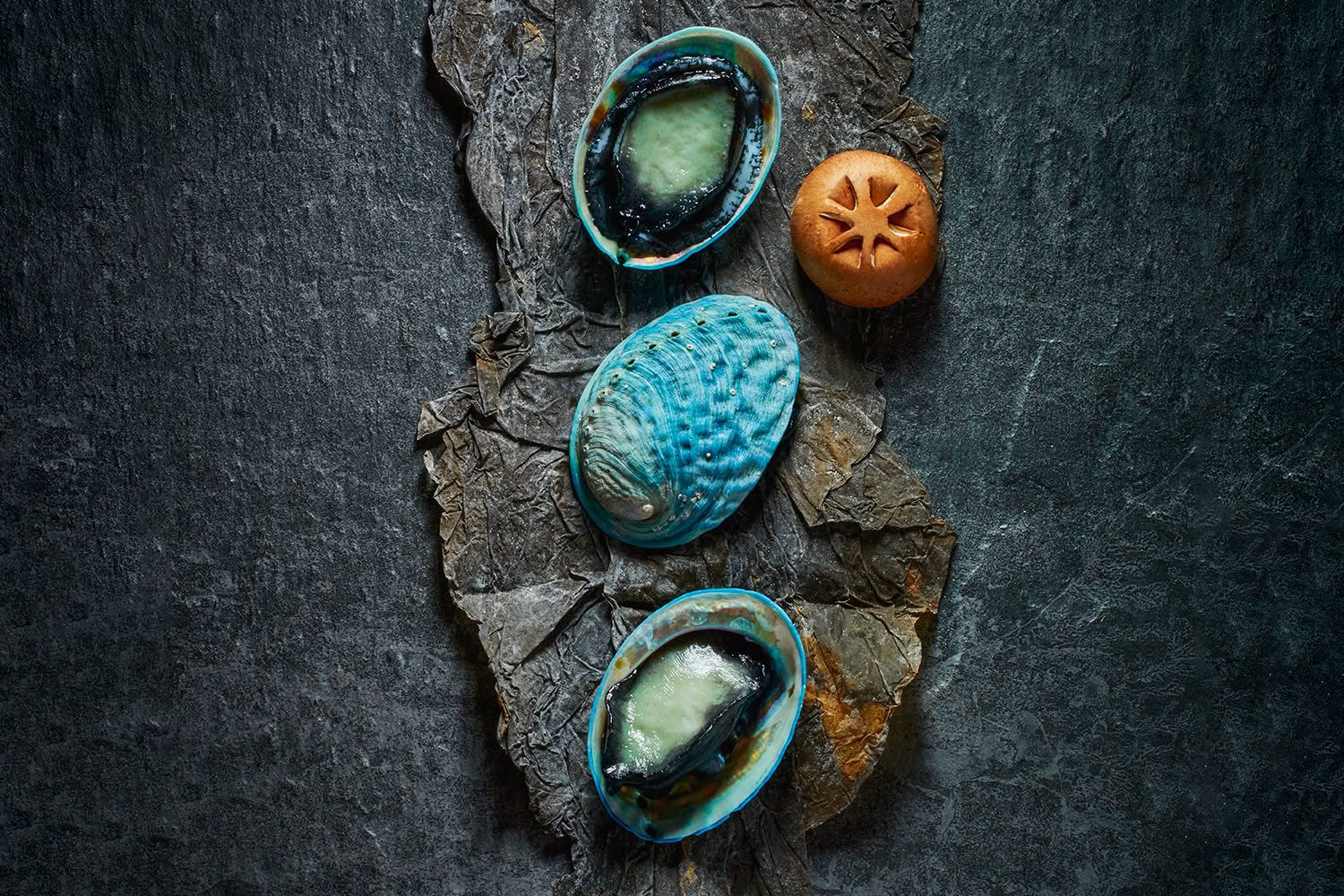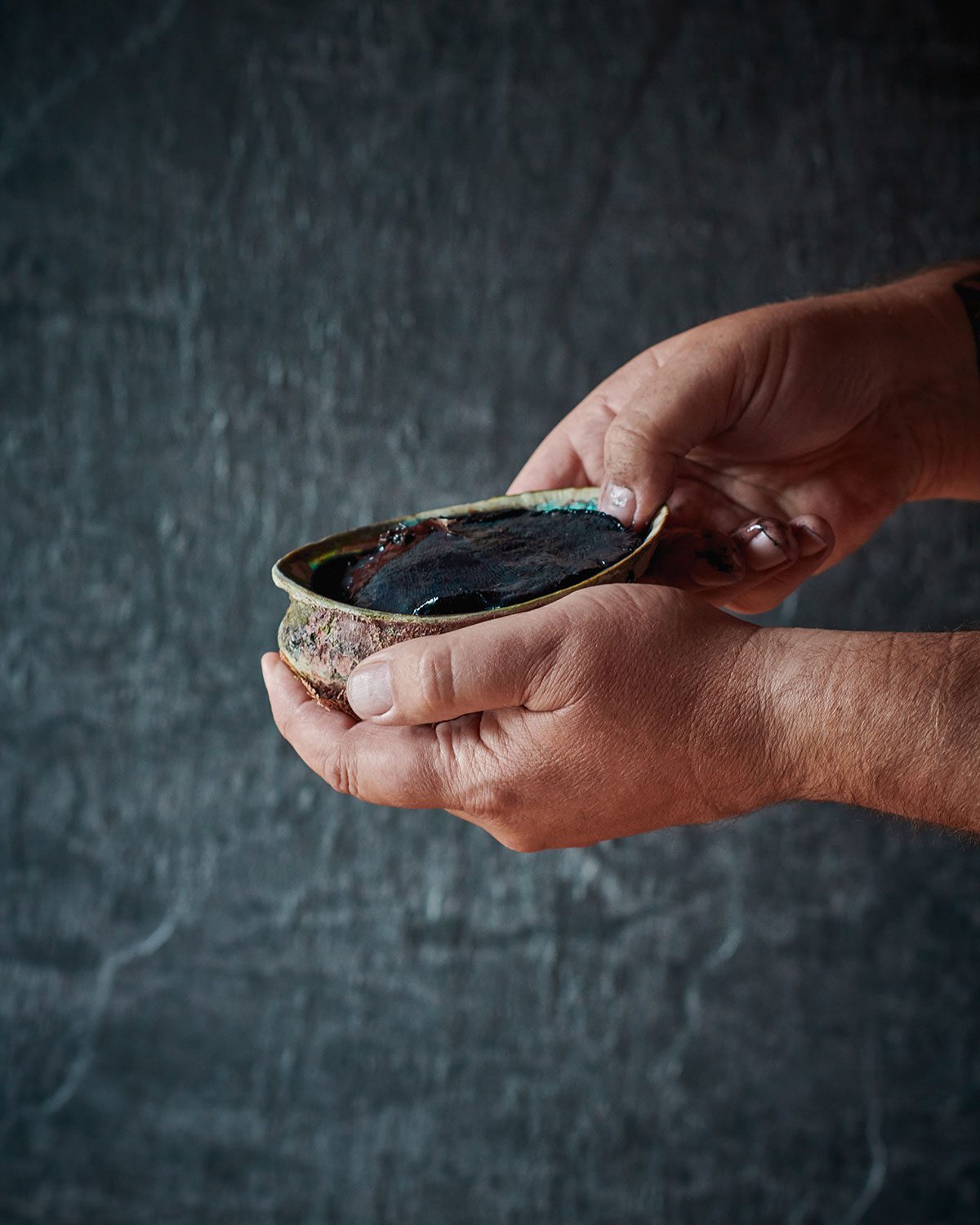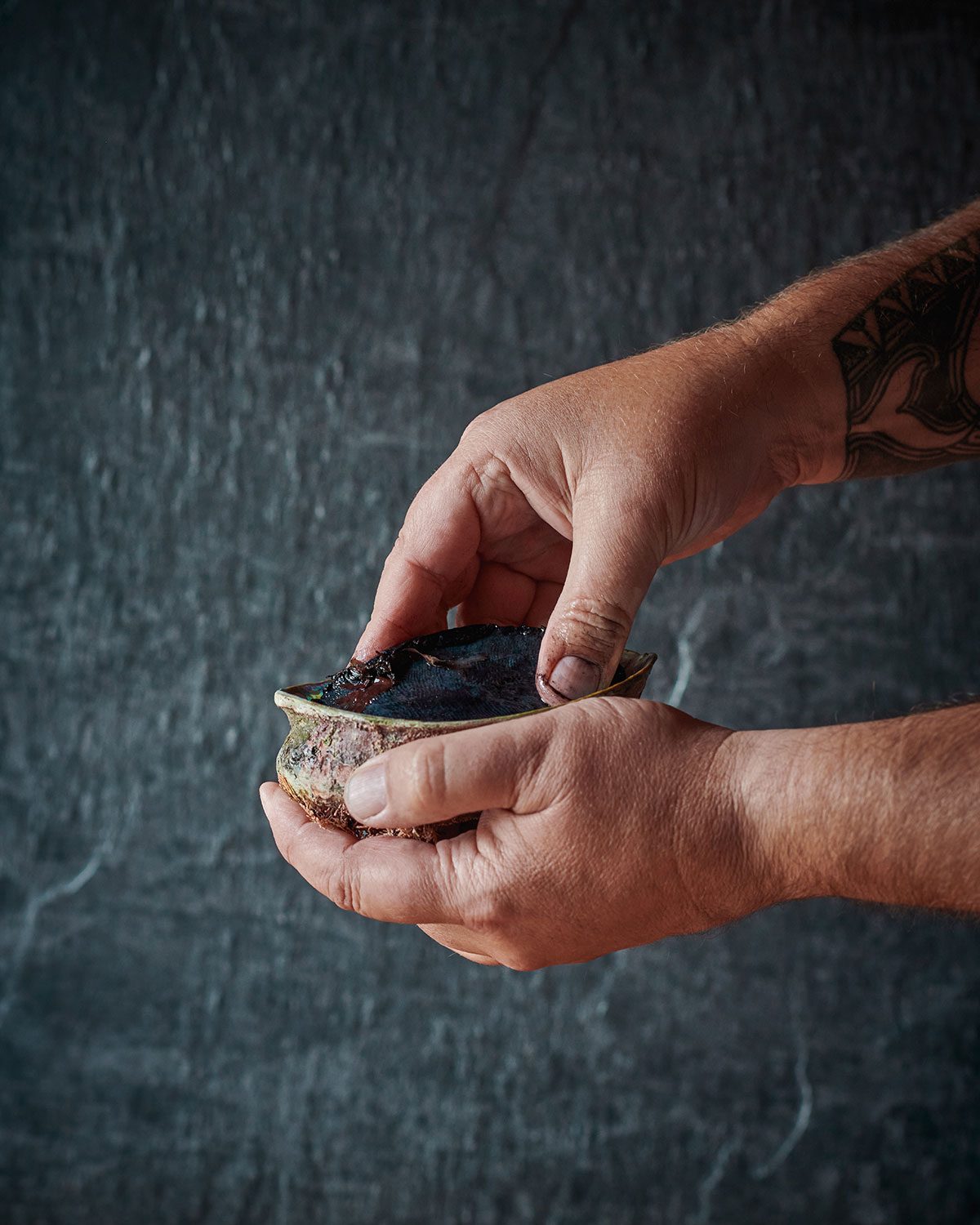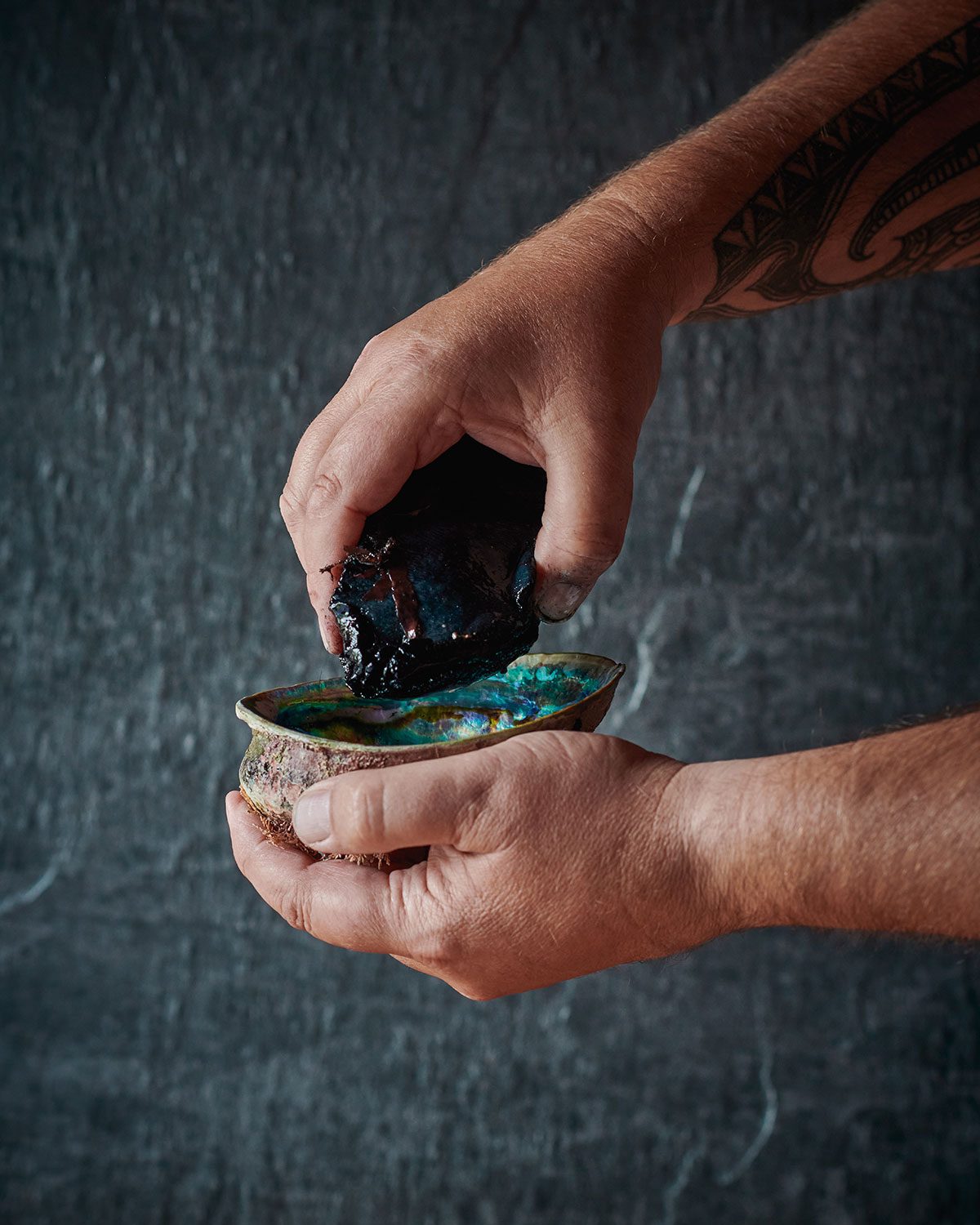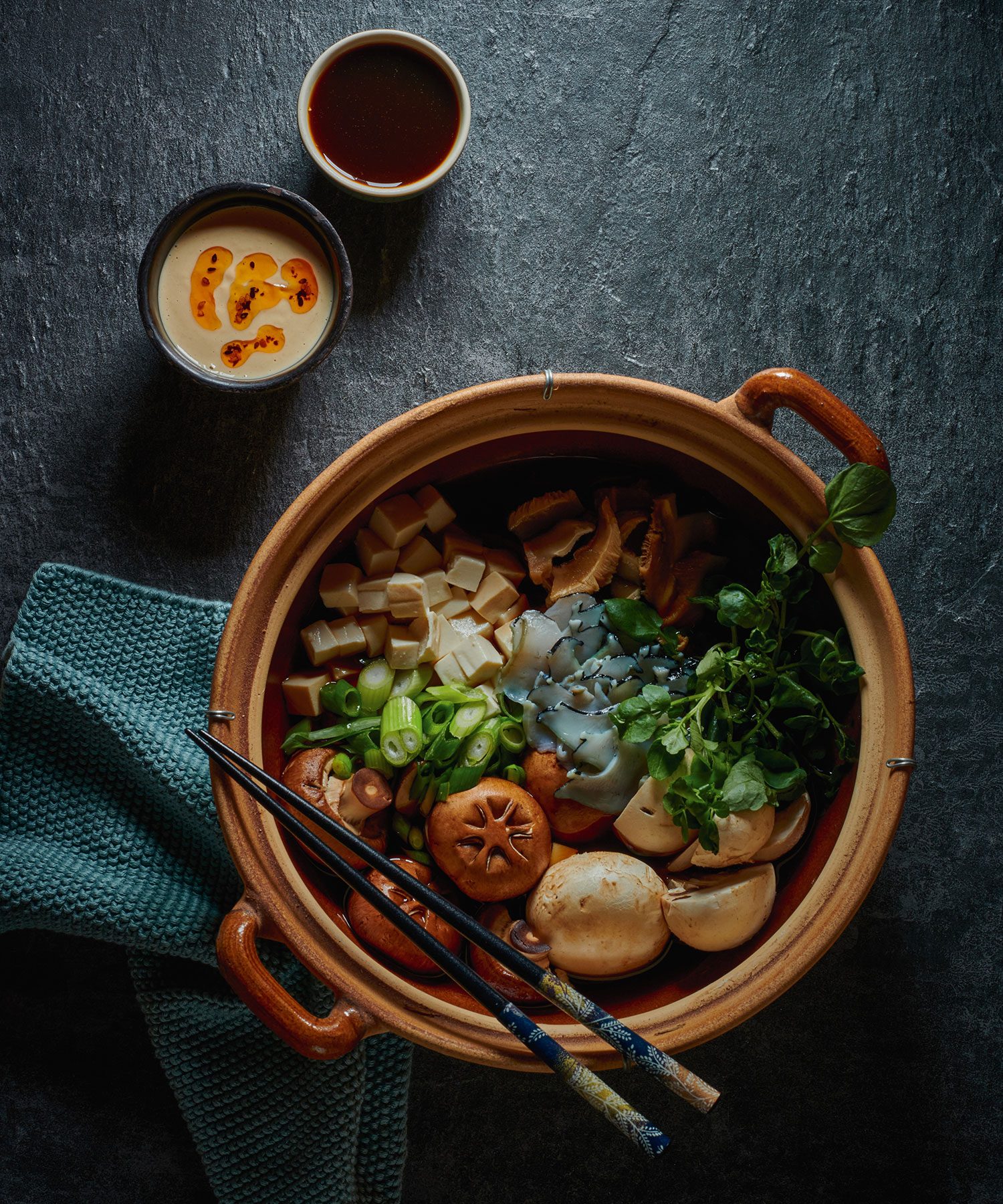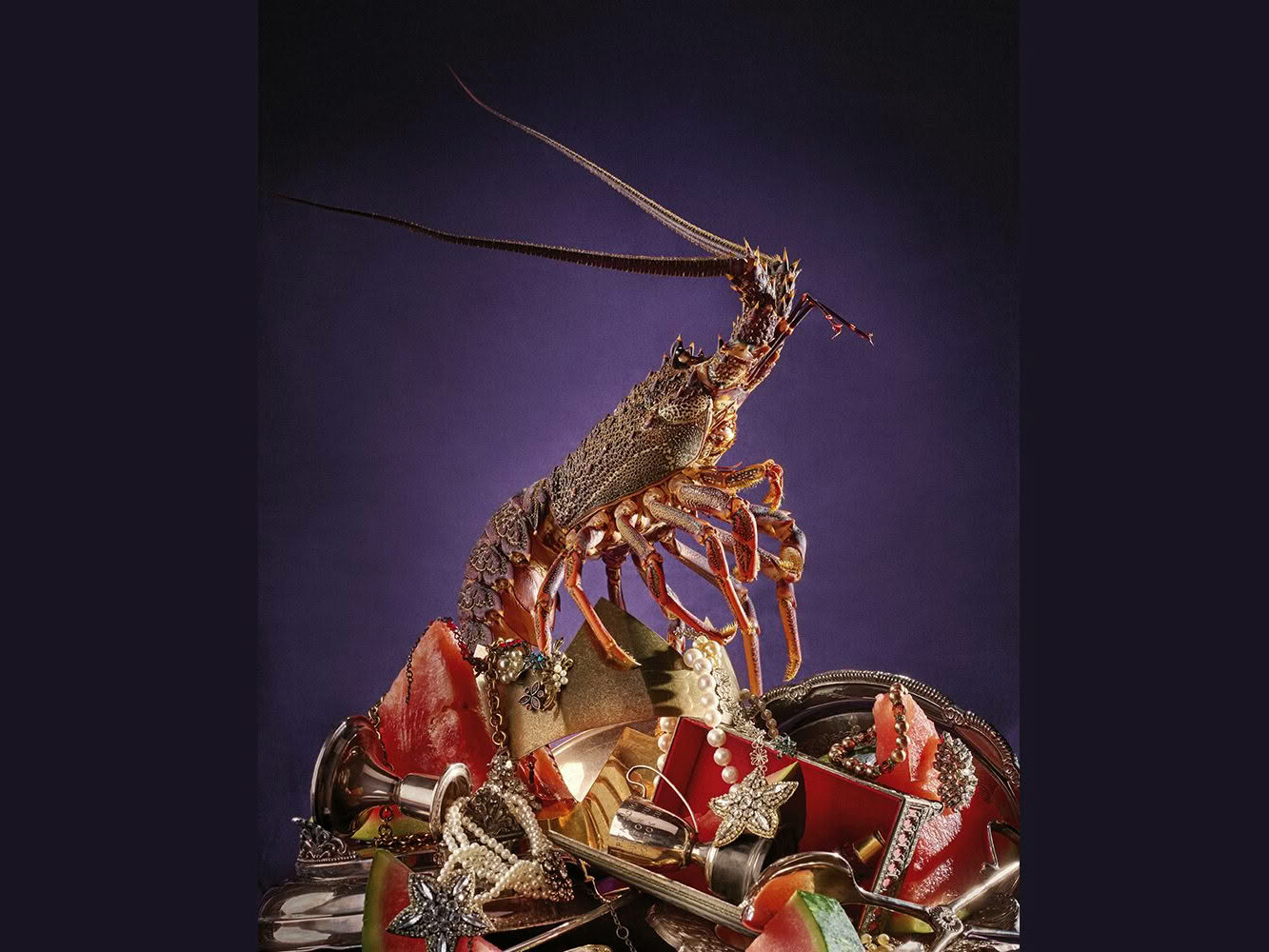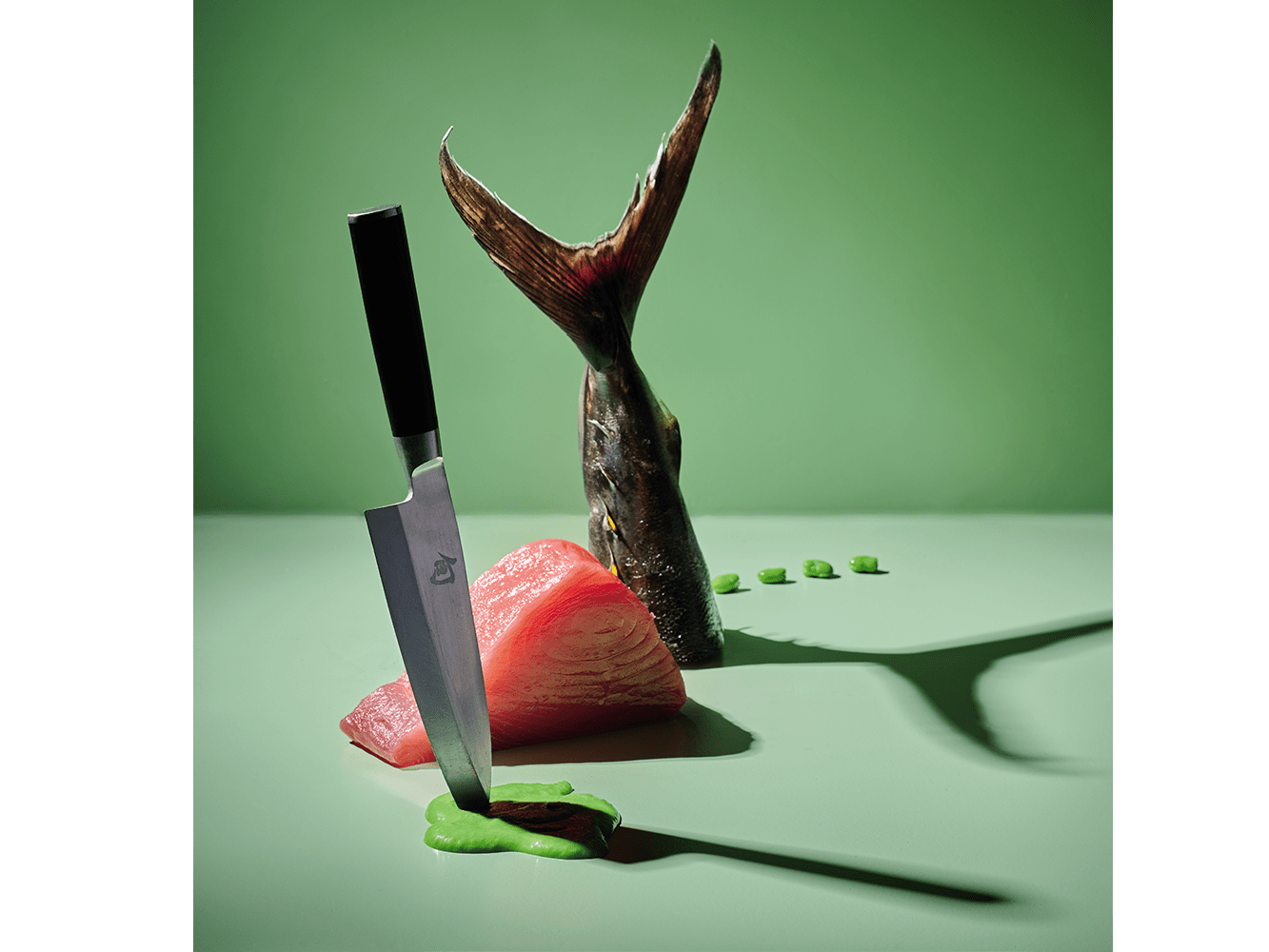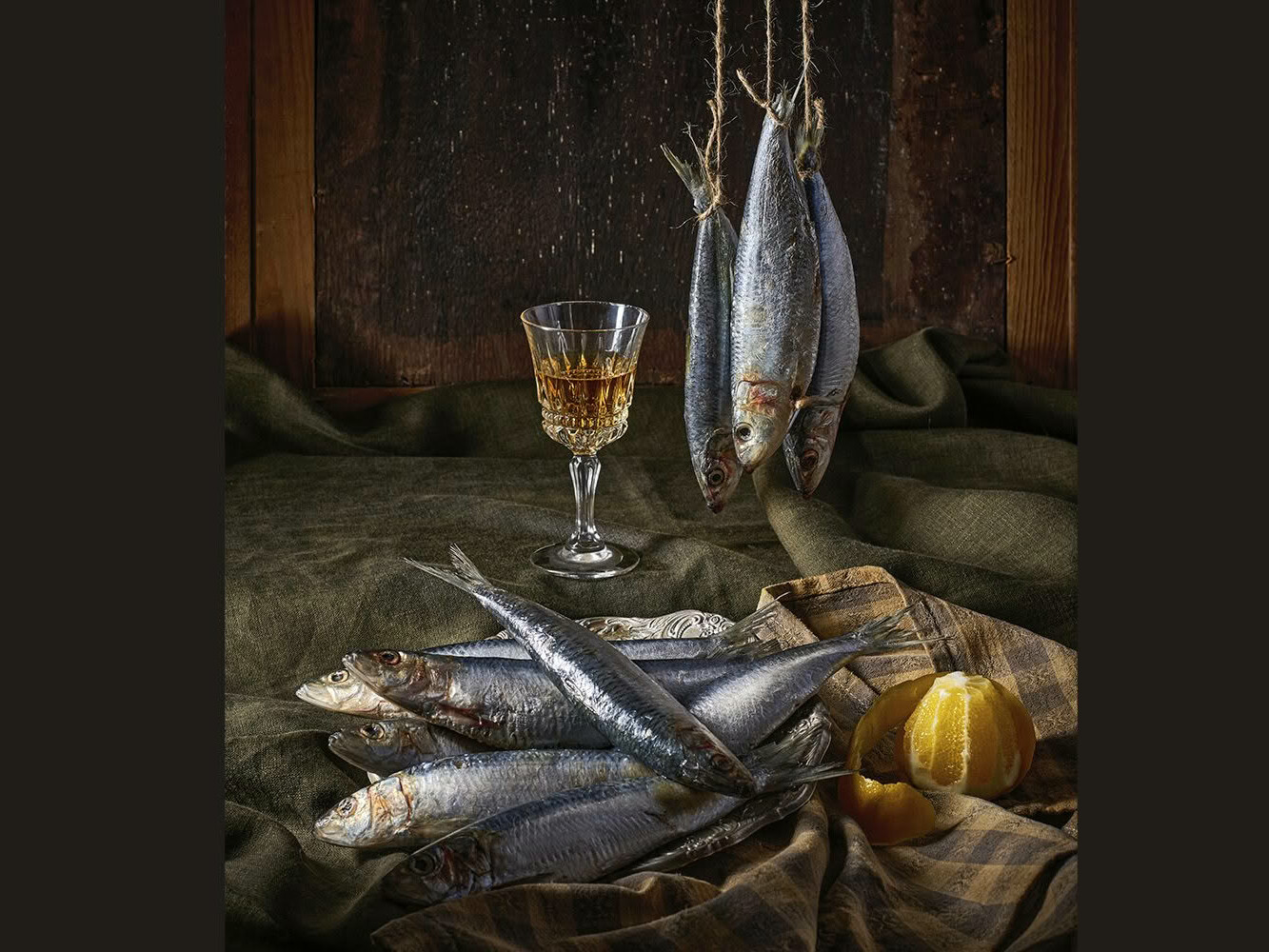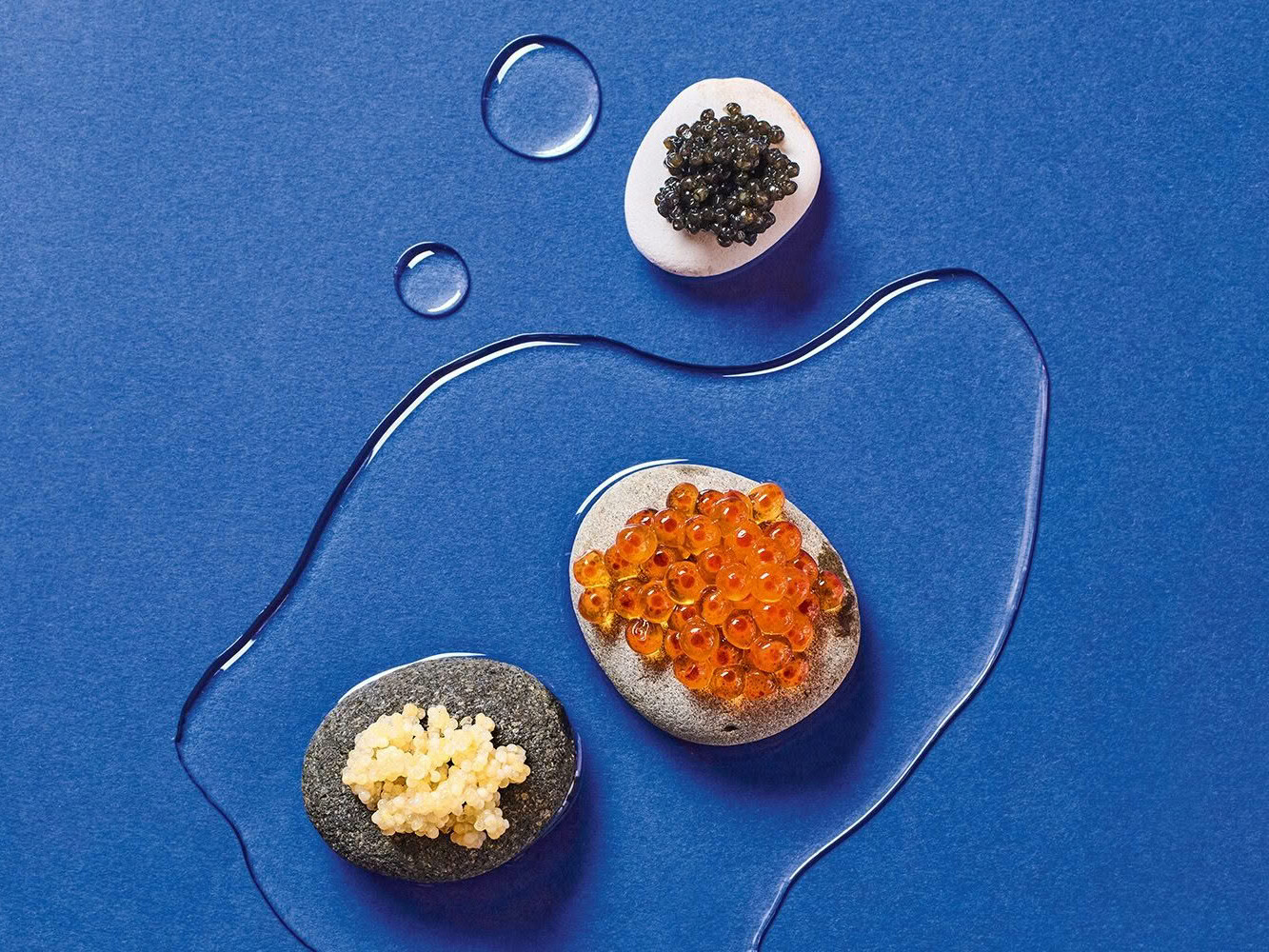Love them or loathe them, pāua (abalone) embody the essence of our coastal cuisine. Easily procured in the shallows at low tide, they are wrested from rock crevices with stout blades and rugged determination. The satisfaction of collecting these shellfish is undeniable, yet the notion exists that they are about as tough and tasty as a Pirelli tyre and so a source of trepidation. I am resolved to debunk the myths that surround these marine marvels. Whether revelling in the earthy richness of a pāua fritter or an exquisite shabu-shabu, I’ll prove that misconceptions yield to the truth of their culinary delight.
Out of more than 50 species of abalone available worldwide, three are found in Aotearoa: the yellow foot, white foot and black foot. Black foot – the largest of the three species – are endemic to New Zealand and are the main variety that are harvested commercially, commonly found in shallow, cool waters at depths of less than six metres. A rough outer shell belies the beauty of the inner shell, a mix of iridescent blue, green and purple hues in a biological phenomenon that mimics the physics of a rainbow.
Pāua are highly valued – pāua exports were worth $50 million in 2019 – and the per-kilo price for the meat can be substantial. This strong market makes it a species vulnerable to illegal fishing and unfortunately, its population attributes and biology works against it in respect to poaching or over-fishing. New Zealand’s 10 commercial pāua fisheries can catch up to 919 tonnes of total allowable commercial catch each year, though in recent years quota owners have engaged in voluntary catch reductions. The Chatham Islands fishery contributes more than a quarter of the national 720 tonnes of wild harvest.
Pāua are harvested by freediving and hand gathering and the use of underwater breathing apparatus is prohibited (except for in the Chathams, but that’s because of the risk posed by great white sharks). A good wetsuit, mask, snorkel, pāua knife and a mesh bag are all the equipment you need (note that the minimum legal size is 125mm and the daily limit is five in the central and lower North Island). A commercial diver – holding their breath for up to a minute at a time – will collect 10 or more on a single breath, removing them, checking their size and placing them in their bag.
Once you have secured your pāua, slide a knife or your thumb between the flesh and the shell and with a firm twist, separate the two. Discard the teeth and trim off the skirt that surrounds the foot. A swift scrubbing rids them of any dirt or sand, leaving the option to retain the ‘pewa’ (roe and viscera) for its unique, earthy flavour. Another deeply held conviction is that pāua always needs to be minced. While large pāua will need tenderising, this is easily done with a rolling pin or meat tenderiser. Cook pāua very briefly or, to avoid any toughness, braise it first for a couple of hours before turning it into a silky soup. Chinese-style congee is the ultimate rice dish, deeply fragrant with garlic, ginger, cinnamon and soy. The soft, porridge-like texture, layered with thin slices of pāua results in an intriguing and glorious dish that should be served dangerously hot.
Japanese shabu-shabu is a version of the popular Chinese and Korean hot-pot, those communal feasts of a simmering broth, fresh vegetables and paper-thin slices of beef (predominantly wagyu) and assorted sauces. Shabu-shabu is all about sharing and eating together. In shabu-shabu restaurants, individual pots of steaming hot, seasoned broth are placed in front of each guest on a table-top burner, allowing the ultimate individualisation. The vegetables form the base with more exotic ingredients being optional, the beef being swished briefly through the broth before being eaten. It’s this ‘swishing’ noise that gives shabu- shabu its name. Finally, noodles may be added to finish off the experience. You slowly dip and swish, then dip in either ponzu – a citrus and soy-based dressing that is distinctively sour and salty – or a sesame sauce spiked with chilli oil. Family-style by nature, hot pots are informal, cosy affairs, with everybody leaning over the pot in the centre of the table. Alternatively, the finished broth is brought to the table for diners to help themselves, taking from it whatever they want. It’s Japanese soul food, great for colder weather. See Martin’s recipe for Pāua shabu-shabu.
SEE MORE FROM CUISINE
Give a man a fish… Sardines
Sardines: the little fish that could… Martin Bosley urges us to think…
Give a man a fish… Caviar
Caviar: pure luxury or controversial and ethically dubious? Martin…

